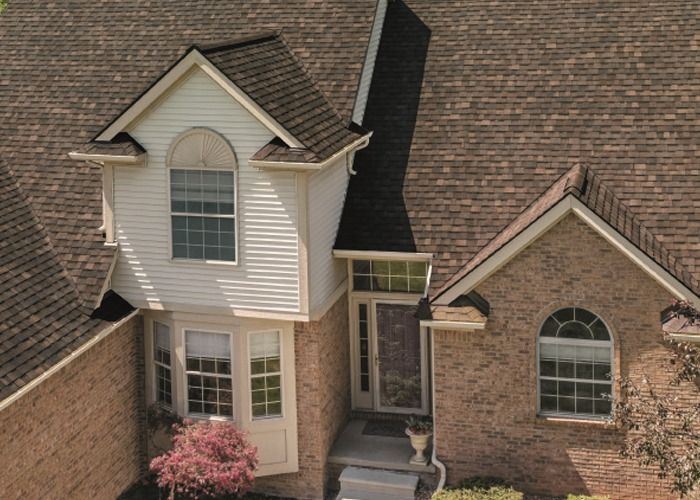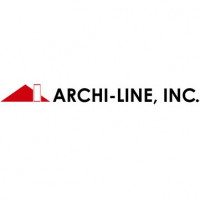-
Philippines
Copyright © 2025 Powered by BCI Media Group Pty Ltd
Confirm Submission
Are you sure want to adding all Products to your Library?
Contact Detail

Roofing shingles come in many different styles, shapes, colors and patterns. But every roof has but three basic shingle (or tile) types. This article explains the three basic types of shingles and tiles which are produced. We’re not talking about specific products here, simply the types of each product.
Starters Shingles and Starter Tiles
Starter shingles are, as their name implies, the starting shingles of a Roof System. They are installed on top of the Drip Edge/Rake Edge and on top of the Leak Barriers and begin the overlapping pattern for the remainder of Shingles (or tiles) on the roof.
Simply put: One single row of starter shingles is installed everywhere your roof ends, ie: in the same areas as with Metal Drip Edge and Rake Edge. As with every other part of a Roof System, different types of starter shingles are offered by many different manufacturers. Fortunately for you, you don’t need to select what type of starter shingle to use on your roof, because the manufacturer of the Field Shingle you chose chooses for you. As long as your Roofing Contractor follows the manufacturers recommendations when selecting starter shingles, you’re in good hands.
A note of interest: starter shingles set the beginning pace for the rest of the Shingles on your roof. If the starter shingles are installed straight, then the installation technician will be off to a good start. Also, starter shingles usually need to be installed off set from the remaining Shingles on your Roof System to allow for a proper overlap of the remaining shingles or tiles.
Another easy aspect for you about starter shingles is some manufacturers produce starter shingles which can be used with the Field Shingles of their competitors. In other words, some starter shingles are interchangeable with the products of different manufacturers. Not all starter shingles however are interchangeable. To avoid any ‘unpleasantness’, double check with your roofing contractor that they will be installing a proper starter shingle.
Field Shingles and Field Tiles
Shingles, or “field” Shingles are the main component of your Roof System. It’s the part you see first when looking from the street. And it’s the part which primarily keeps the weather out of your home. Many differing types of shingles are available to choose from, ranging between the traditional Asphalt, Wood Shake and Slate/Tile, to the relatively newer Metal, Rubber and environmentally friendly Plastic Types. Manufacturers are even experimenting with new Green Roof Systems which do not have shingles at all but are instead composed of real dirt and vegetation!
Dry climates generally reduce the effectiveness of Wood Shingles and Tile Shingles are relatively expensive and ‘out of fashion’. Rubber and Plastic tiles are relatively newer in the market and still gaining market share. This leaves Metal and Asphalt as the most popular tile and shingle options for Roofing Systems, with asphalt being the most popular due to its lower cost and long reliable track record. Asphalt and Metal Shingles have recently adapted in design to match the luxurious ‘layered’ look that Wood Shingles used to offer. Recent advances in technology have allowed more and more Asphalt and Metal shingle designs.
Field shingles are installed overtop the Starter Shingles we just discussed. They take the brunt of the weather and are the ‘meat and potatoes’ a Roof System. Without good Field Shingles, your roof doesn’t stand a chance. Of course, all components of a Roof System are vitally important, however it’s the Field Shingles which are the most visual, the costliest and receive the most attention on your Roof.
Ridge Cap Shingles and Ridge Cap Tiles
The final touch. Ridge Shingles are to your roof like a picture frame is to a picture. The bottom line is, visually appealing Roof Systems include visually appealing ridge shingles. If you are not concerned with the visual appeal of your Roof System, then save a buck and use a standard cut shingle for your ridge caps. If however you’d like your house to look more like your castle…use a definitive edge ridge shingle.
Important note: Higher quality ridge shingles typically require special installation procedures when installed. It may be wise to mention this to whoever you choose to install your roof. Ridge shingles are located at areas of your roof most vulnerable to wind damage and therefore subject blowing off if they are not installed properly. Ask your roofing contractor what sort of Special Installations are required for installing high quality ridge shingles.



